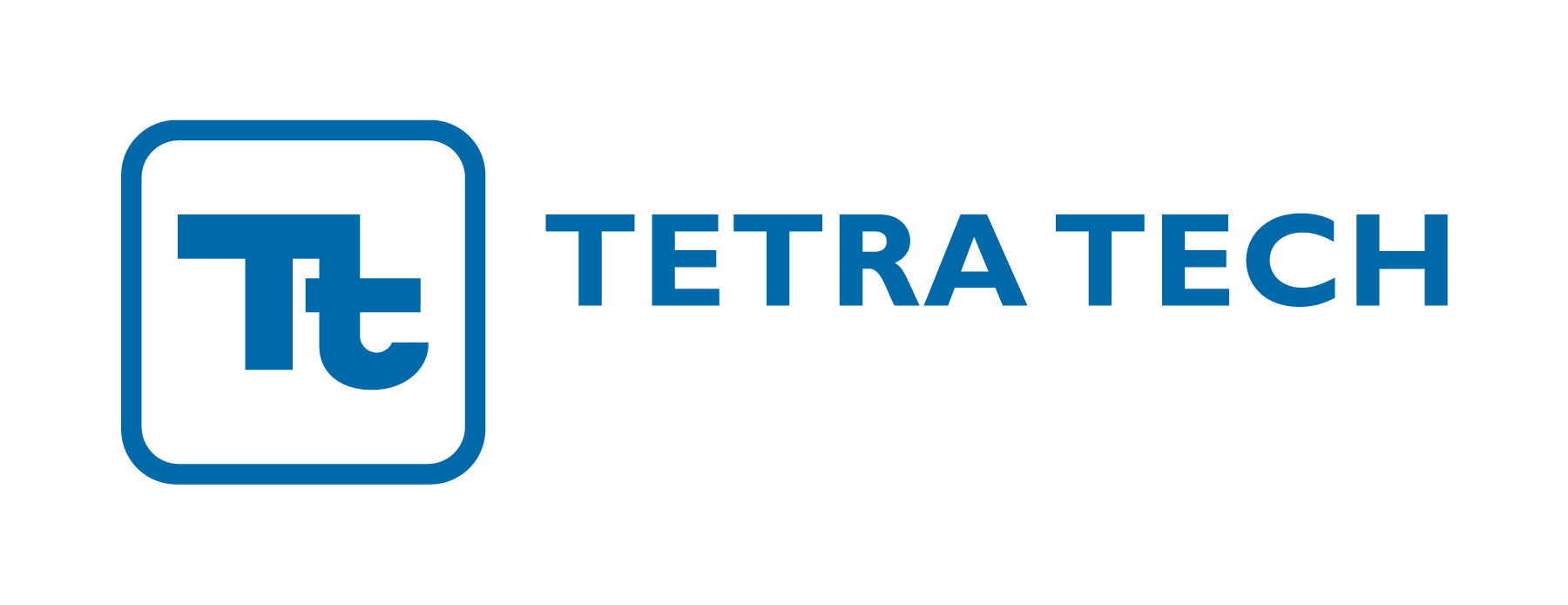If your organization supplies parts to the automotive industry, chances are you’re already familiar with the International Material Data System (IMDS). But familiarity isn’t the same as fluency, and for many teams, IMDS remains a confusing, time-consuming task handed off to a single specialist.
Training your broader team to understand and use IMDS effectively is one of the most practical ways to improve compliance, reduce delays, and strengthen your position in the supply chain. In this article, we’ll explore how to approach IMDS training strategically, what roles need to be involved, and where to find quality learning resources.
Why IMDS Training Matters
IMDS is the global system used by automotive manufacturers and their suppliers to collect and manage data on the materials and substances used in vehicle components. Submissions must demonstrate compliance with major environmental regulations, including the EU’s End-of-Life Vehicles (ELV) Directive, REACH, and RoHS.
Accurate and timely IMDS reporting isn’t just a formality. It’s often a gatekeeping step to doing business with OEMs. If your team can’t produce compliant submissions, it can lead to costly delays, rejections, or even lost contracts.
Yet many companies still rely on a single “IMDS person”, a strategy that creates bottlenecks, limits institutional knowledge, and increases risk when that employee is unavailable. Building internal capacity through structured training ensures your team can keep up with regulatory demands, system changes, and customer expectations.
Who Needs IMDS Training?
IMDS isn’t just the domain of compliance officers. A wide range of roles should understand how the system works and how it impacts their responsibilities.
Design engineers benefit from knowing which materials are restricted or reportable before selecting components. Procurement professionals need to understand how to evaluate suppliers’ data submissions. Quality assurance teams often check for completeness and accuracy, while compliance leads monitor the regulatory landscape.
Even basic awareness training can help these functions collaborate more effectively. The more your team understands the “why” and “how” of IMDS, the fewer last-minute scrambles and errors you’ll face.
Designing a Training Plan That Works
An effective IMDS training strategy starts with assessing your team’s current level of knowledge. Do you have beginners who need to understand the system from scratch? Or experienced users who could benefit from advanced techniques and regulatory context?
Once you understand the baseline, you can structure learning in a way that supports your operational needs. A tiered approach is often the most efficient:
- Introductory or Basic-Level Training introduces the core purpose of IMDS, how to navigate the interface, and how to interpret material declarations.
- Standard-Level Training covers how to prepare, submit, and validate product structures, and how to manage data within the system.
- Advanced Training goes deeper into complex assemblies, version control, updates to regulatory frameworks, and supplier management challenges.
Scenario-based exercises can make a big difference. When participants practice with real or representative data from your own product portfolio, they gain confidence, and you get better results.
Ongoing refreshers are also important. IMDS evolves regularly to reflect changes in regulations and reporting standards. Teams that trained five years ago may not be equipped to handle today’s requirements without updates.
Where to Find Reliable IMDS Training
Tetra Tech offers flexible, self-paced training programs that meet your team where they are, whether they’re brand new to IMDS or looking to deepen their expertise. Our online courses are trusted by suppliers worldwide and designed by professionals who understand the practical realities of regulatory reporting.
Here’s a breakdown of our IMDS training offerings:
- IMDS Basic Training: Ideal for beginners or support roles who need to understand IMDS fundamentals.
- IMDS Standard-Level Training: Best for users responsible for creating, submitting, and reviewing IMDS entries.
- IMDS Advanced Training: Designed for experienced professionals managing complex assemblies, multi-tiered supply chains, or regulatory updates.
All courses include hands-on practice, knowledge checks, and certificates of completion. Whether you’re training a single team member or rolling out a company-wide program, our platform is built for scale.
You can explore the full range of IMDS services and resources here: IMDS – Tetra Tech Sustainable Markets
Getting Started: What to Do Next
If you’re ready to upskill your team, start with a quick internal audit. Identify who interacts with IMDS data, directly or indirectly, and determine what level of understanding each role requires. From there:
- Assign training courses based on job function and experience level
- Schedule time for hands-on learning using real product scenarios
- Appoint a training coordinator or point person to track progress
- Set a schedule for annual refreshers and updates
The investment in training pays off quickly through improved accuracy, faster turnaround times, and reduced compliance risks.
Conclusion
IMDS reporting is a shared responsibility. When only one person understands how the system works, your organization is vulnerable. But when your team is trained, confident, and aligned, IMDS becomes not just a requirement, but a tool for strategic advantage. If you’re ready to take the next step, we’re here to help.
Contact us at [email protected] to find the right IMDS course for your






